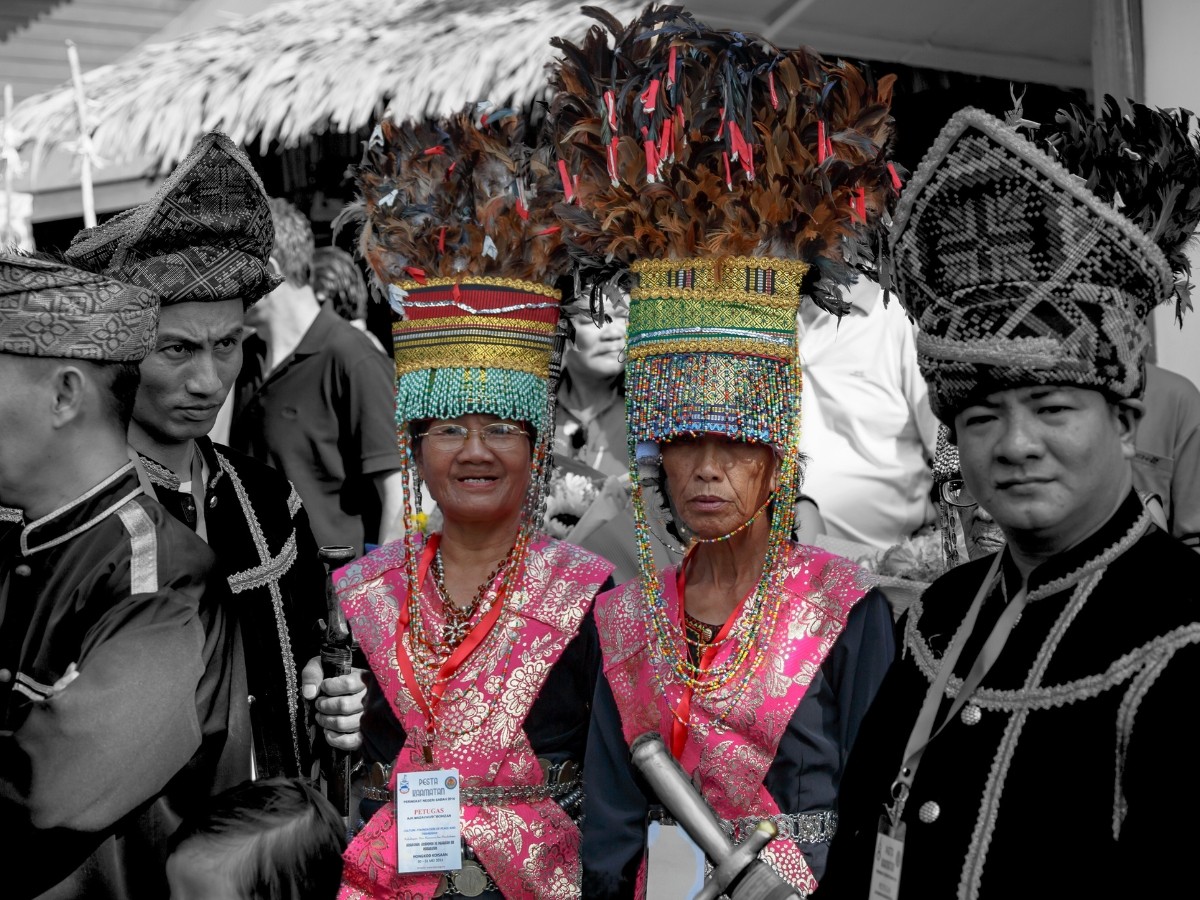Kaamatan, Sabah’s Harvest Festival, is one of the region's most important cultural celebrations. Held annually throughout the month of May, it marks the end of the rice-harvesting season and is observed by the Dusun, Murut, Kadazan, Rungus, and many other indigenous communities of Sabah.
While tourists may see gongs, traditional costumes, and pageantry, locals know it as a time of deep gratitude and sacred memory.
The Story of Huminodun: The Origins of Kaamatan
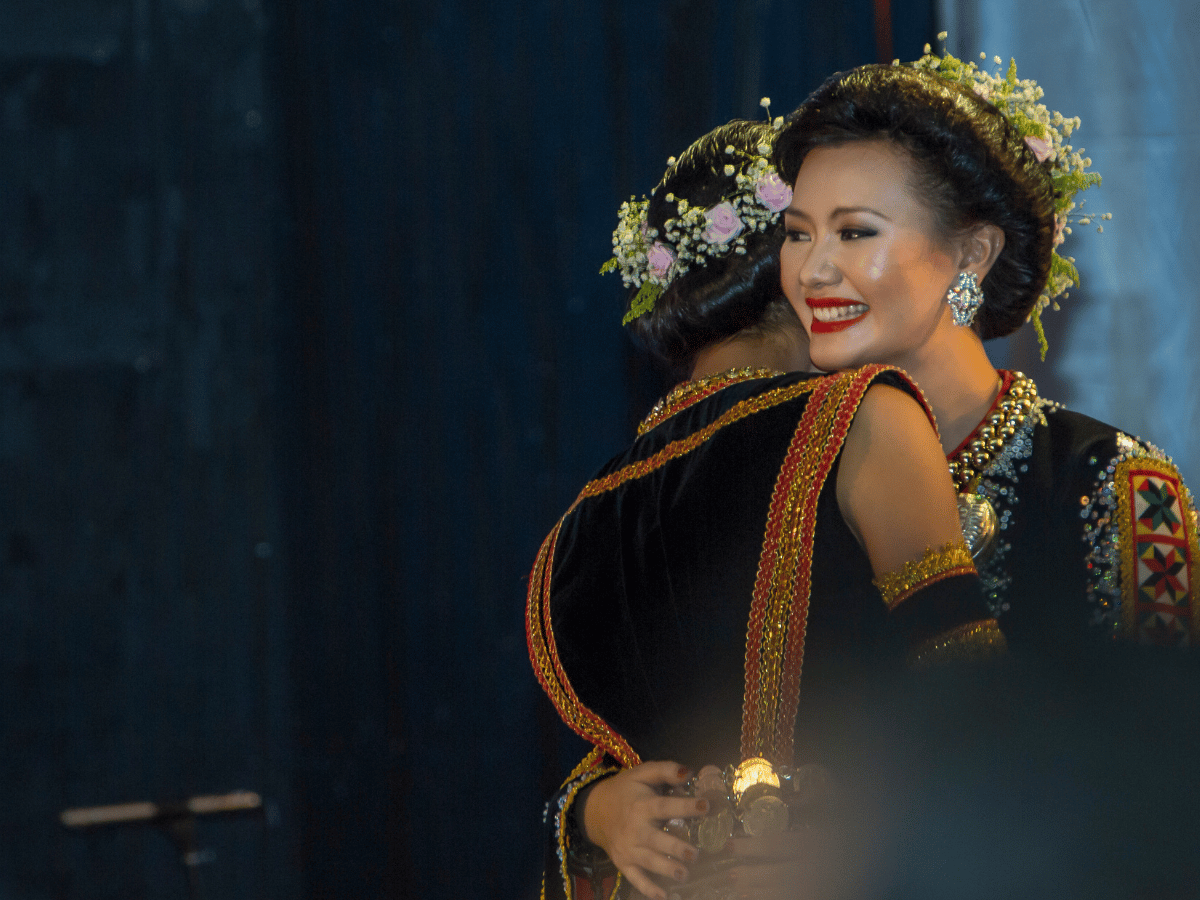 (Credit: CEphoto, Uwe Aranas)
(Credit: CEphoto, Uwe Aranas)
In the beginning, the world was shaped by divine creators, Kinorohingan and Sumundu. When humanity lost its way, falling into greed and rebellion, famine and disease followed. Kinorohingan’s daughter, Ponompuan, witnessed their suffering and pleaded for mercy. The price: her life.
Without hesitation, she offered herself. From her body sprang rice and every essential crop. Through her sacrifice, the people were saved. She became Huminodun – "the Transfigured Sacrifice." Some traditions name her as Kinorohingan's wife, Sumundu. Others see her as daughter and saviour. Regardless, her spirit, Bambarayon, is said to live within the rice today.
Did You Know?
- In traditional chants, the name "Huminodun" may refer to Sumundu, not the daughter. Oral traditions differ between regions.
- The Bobolian are the only ones trained to chant the Inait, a ritual poetry that can last for hours.
Why Rice is Sacred to Borneo Indigenous People
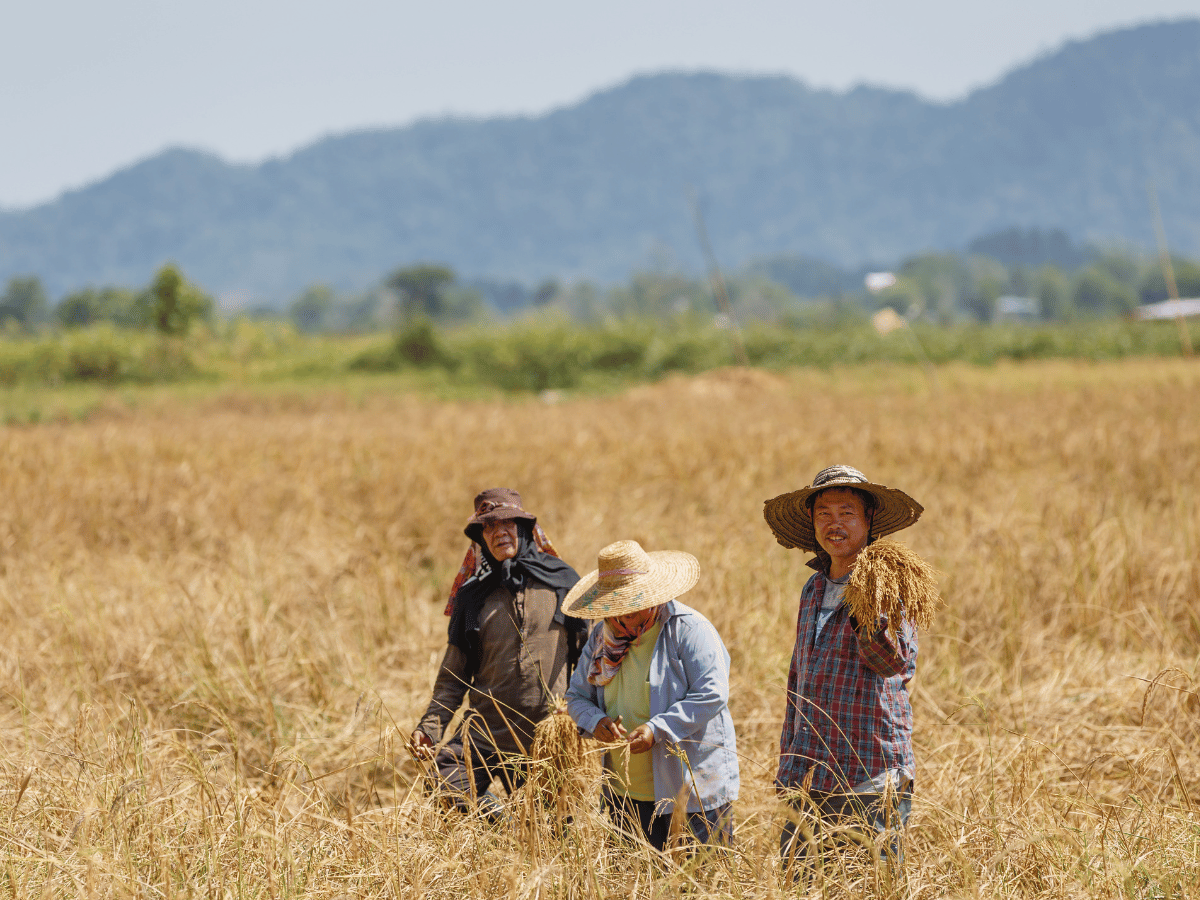 (Credit: CEphoto, Uwe Aranas)
(Credit: CEphoto, Uwe Aranas)
In Kadazandusun cosmology, rice is not just a crop – it is life itself. It is not harvested, it is honoured. Rice embodies Huminodun’s body, and Bambarayon is her spirit. Planting and harvesting are not just tasks but rituals, ensuring harmony between humans and the spiritual realm.
From planting to harvest, ceremonies reaffirm the community’s bond with the land and spirit world.
The Bobolian: Guardians of Sabah’s Rituals and Oral Traditions
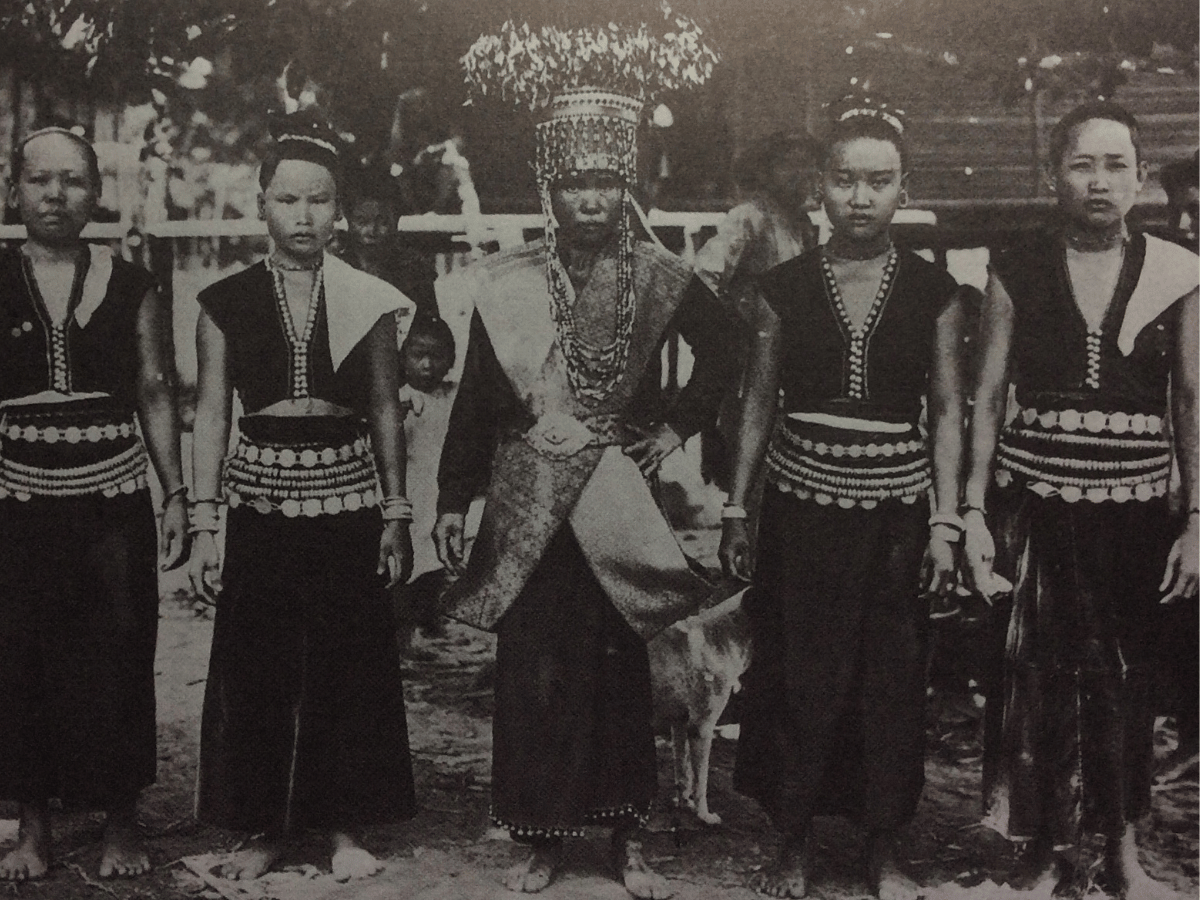
The Bobolian is more than a priestess; she is a cultural repository, healer, and storyteller. Her role in Kaamatan is crucial. During Magavau, a central ritual, she leads the search for Bambarayon, calling the rice spirit back from the fields to the community.
Through Rinait chants, she invokes memory and spiritual continuity. Today, only a few Bobolian remain, and efforts are ongoing to preserve their knowledge.
What is Kaamatan All About: Gratitude, Unity, and Cultural Continuity
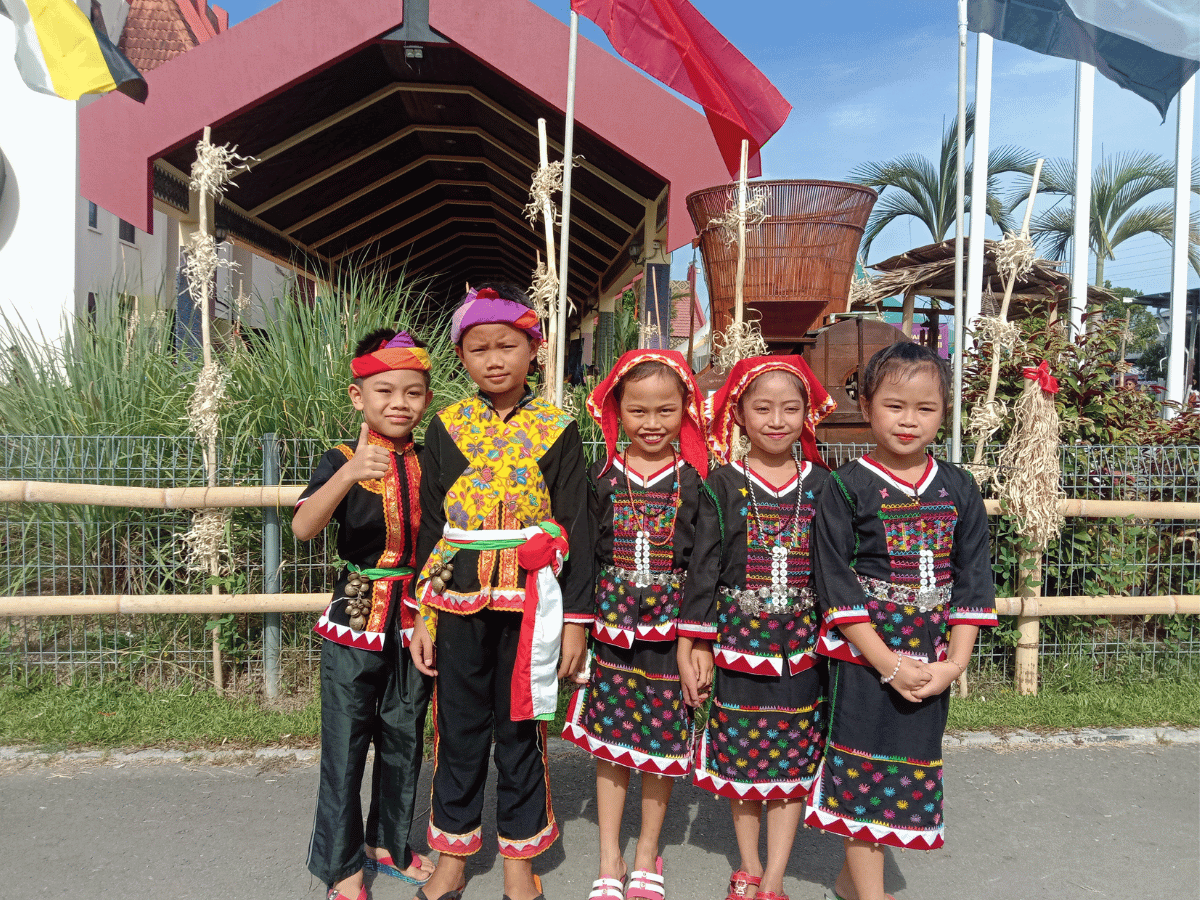 (Credit: Michelina Michael)
(Credit: Michelina Michael)
Kaamatan is, above all, a thanksgiving. It brings people together to honour the land, spirit, and shared ancestry.
The festival also reinforces community bonds. Whether you’re Dusun, Murut, or Bajau, Kaamatan is a collective affirmation of unity in diversity. It’s a living declaration that culture is not static, but rather it evolves while holding onto its roots.
Each ritual, each sound of the gong, and each fabric pattern in a traditional costume holds meaning. The lihing (rice wine) toasts to Huminodun. Offerings of food honour ancestors. But perhaps the most iconic symbol of the festival is the Unduk Ngadau pageant.
Often misunderstood as a beauty contest, the Unduk Ngadau pageant is in fact a tribute to Huminodun. Contestants are meant to embody her virtues of selflessness, wisdom, and cultural knowledge, and are expected to speak in their mother tongue and understand cultural heritage.
The crown is not for the fairest – but for the most rooted in identity.
Women in Kaamatan: Huminodun and Gender Roles in Modern Sabah
 (Credit: Leona Joehaile)
(Credit: Leona Joehaile)
While Sabah is not formally matriarchal, many of its indigenous communities are guided by matrifocal values. Women have long played pivotal roles in spiritual, cultural, and communal leadership. The centrality of the Bobolian – the ritual priestess who embodies and preserves sacred knowledge – is a testament to this enduring reverence.
Some lesser-known oral traditions suggest it was Sumundu, not Kinorohingan, who decided to sacrifice their daughter. This version of the myth reflects a worldview in which mothers are entrusted with both compassion and cosmological decision-making. As noted by several oral historians and researchers, such variations underscore the deep-rooted respect for female spiritual agency.
Today, organisations like the Sabah Bobolian Association actively work to support and mentor new Bobolians, recognising the urgent need to safeguard the cultural heritage of Sabah. Their advocacy helps maintain cultural continuity while reaffirming the leadership of women in Sabah's indigenous heritage.
Across Sabah, women continue to serve as educators, culture bearers, and leaders. Huminodun’s legacy thus becomes not just myth, but a cultural metaphor for the nurturing strength and resilience of Sabah’s women.
When and Where to Experience Kaamatan
 (Credit: Ricardo Unto)
(Credit: Ricardo Unto)
Kaamatan is celebrated across Sabah throughout the month of May, with community events taking place in towns and villages statewide. The main celebration happens on 30th and 31st May at the Kadazandusun Cultural Association (KDCA) in Penampang, just outside Kota Kinabalu.
At KDCA, visitors can enjoy:
- Traditional sports competitions
- Cultural performances
- Local food stalls and crafts
- The grand finale of the Unduk Ngadau pageant
Extend Your Kaamatan Experience: Sabah Cultural Tours
For a deeper understanding of Sabah's indigenous heritage, consider these cultural experiences:
- Mari Mari Cultural Village Tour – Step into traditional Sabah homes and witness demonstrations of ancient customs
- Monsopiad Cultural Village Tour – Home of the Headhunters – Learn the story of Monsopiad, a legendary warrior, and experience cultural performances
- 2D1N Kudat - Rungus Longhouse Stay – Stay overnight in a traditional Rungus longhouse and discover the customs of the northern indigenous community
Conclusion: Why You Should Celebrate Kaamatan Too
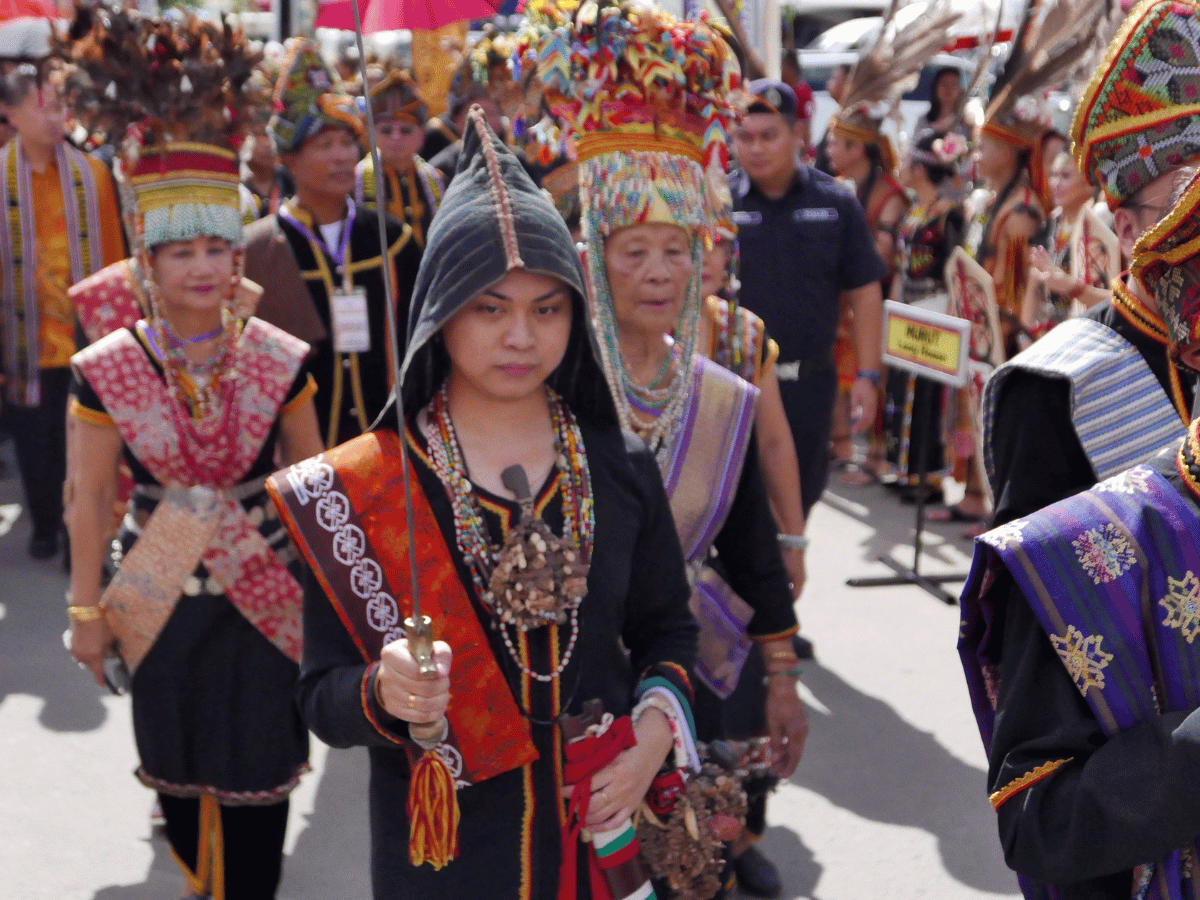 (Credit: Ricardo Unto)
(Credit: Ricardo Unto)
For Sabahans, Kaamatan is not just a date on the calendar – it's the heartbeat of their heritage. It reminds youth of their roots and offers elders a space to pass down sacred stories. In an age of globalisation, Kaamatan affirms identity. It reminds all Sabahans, regardless of ethnicity or faith, that this land is shared, its culture is protected, and its stories are worthy of celebration.
It is a sacred echo of sacrifice, gratitude, and cultural endurance. To witness it is to be invited into a story older than memory, yet still alive in every village celebration and every grain of rice.
So when you visit Sabah in May, don’t just attend Kaamatan – immerse yourself. Ask about Huminodun. Listen to the gongs. Taste the lihing. And remember that behind every dance and every smile is a legend of love, loss, and legacy.
(Cover Image: CEphoto, Uwe Aranas)

